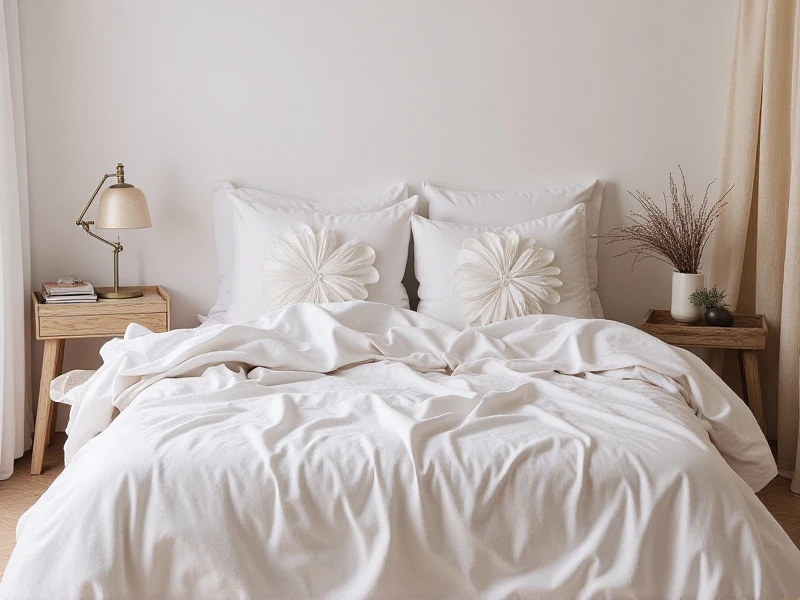The Essential Guide to Textiles: Unraveling Their History, Types, and Role in Modern Life
2025-06-06

Textiles are woven into the very fabric of human existence, shaping our cultures, economies, and daily routines for millennia. As I've explored over decades working in the textile industry, these materials are more than just cloth; they're a testament to human ingenuity. From ancient silk routes that connected civilizations to the cozy sweaters we wear today, textiles have evolved dramatically. In a world increasingly conscious of sustainability and innovation, understanding textiles is key to making informed choices in fashion, home décor, and beyond. This guide delves into their rich history, diverse categories, and how they're driving future-forward trends—helping you appreciate why textiles matter more than ever.
When I first began studying textiles, I was struck by their origins dating back over 30,000 years. Early humans crafted rudimentary fabrics from flax and wool, sparking an era where textiles became pivotal for survival and trade. By the Middle Ages, innovations like the spinning wheel and loom transformed production, enabling mass availability and sparking economic booms in Europe and Asia. Today, textiles encompass anything made from fibers—including natural sources like cotton and silk, or synthetic ones like polyester. This journey highlights their adaptability; textiles have always responded to human needs, from insulating homes to symbolizing status in ancient societies.
To grasp the full spectrum, let's explore the main types of textiles. Cotton remains a favorite for its softness and breathability, perfect for everyday apparel and bedding. Wool, from shearing sheep, excels in warmth and durability, making it ideal for winter wear. Silk, with its luxurious shimmer, has captivated us since its origins in ancient China, often reserved for high-end fashion. On the synthetic front, polyester and nylon dominate due to their cost-effectiveness and versatility in activewear and industrial uses. Modern blends, like organic cotton mixed with recycled plastics, reflect shifts toward eco-friendly options that reduce waste. Personally, I've seen clients love these blends for their balance of comfort and conscience.
The applications of textiles are as varied as life itself. In fashion, they drape runways and street wear, with designers constantly pushing boundaries through fabrics that resist stains or change color with temperature. Beyond clothing, textiles fill our homes—think curtains that block UV rays or carpets made from sustainable bamboo. Industries rely on them too, as in automotive upholstery or medical bandages that aid healing. What excites me now are emerging innovations: “smart textiles” embedded with sensors monitor health vitals during workouts, while circular economy models turn old garments into new threads. Statistics show global demand for sustainable textiles is soaring by 10% yearly, driven by consumer demand for ethical production.
Despite their ubiquity, textiles face challenges like environmental impact. Conventional cotton farming and synthetic dyeing consume vast water and emit pollution. However, green textiles offer hope. Technologies like recycled polyester and plant-based dyes slash waste, while certifications like Global Organic Textile Standard (GOTS) empower consumers to choose responsibly. Investing in quality textiles not only supports a healthier planet, but it also enhances longevity and performance. As a textile consultant, I advocate for brands that innovate in this space; after all, every purchase shapes the future.
In summary, textiles are an indelible thread in human history, evolving from basic necessity to modern marvel. They combine tradition with cutting-edge advances, making them essential for sustainable living. Whether you're updating your wardrobe or outfitting your home, consider textiles that blend quality with kindness. For deeper insights and premium options designed to elevate your life, explore our curated collection at our website—we've handpicked textiles that make a difference, one stitch at a time.
Category: